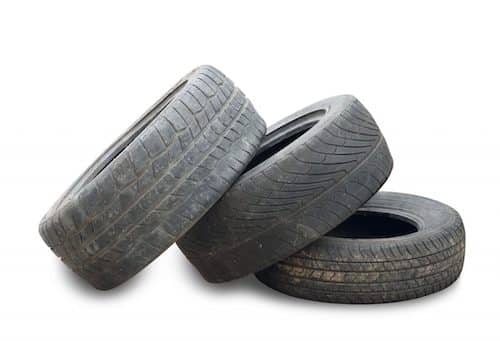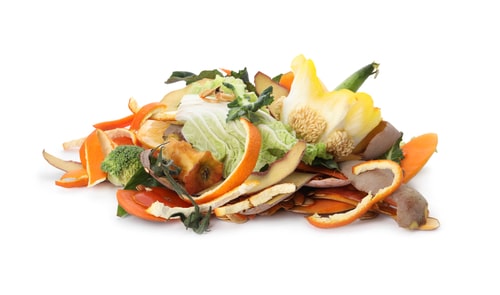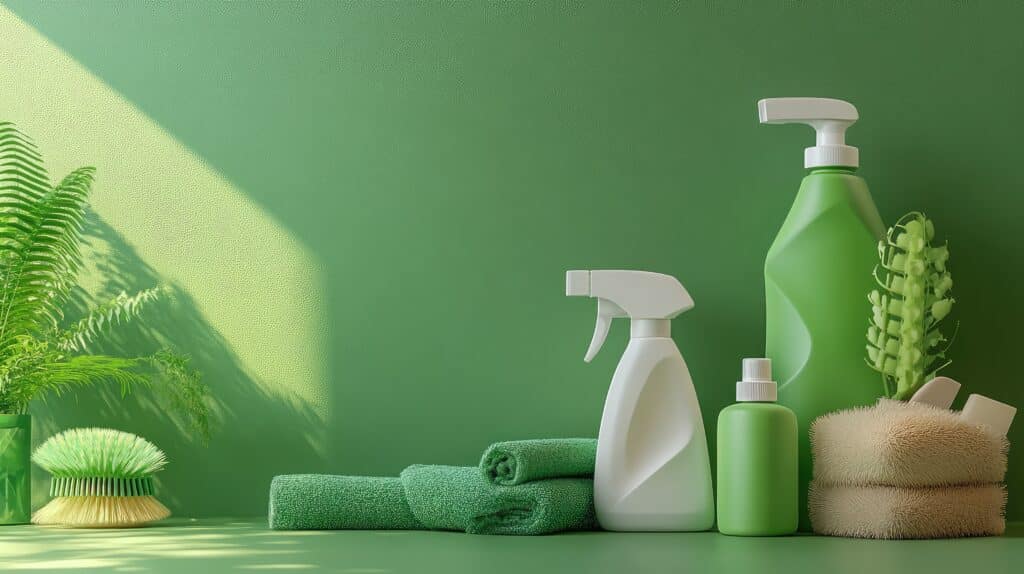In 2018, the amount of MSW generated was 292.4 million tons. The amount of MSW recycled was 69.0 million tons and the amount composted was 24.9 million tons. About 17.7 million tons of food were managed by other methods. The amount of MSW combusted with energy recovery was 34.6 million tons, while the amount of MSW sent to landfills was 146.2 million tons.
Step 1: Start With The Basics- What Can You Recycle?
Any plastic bottles or jugs.
Paper items such as: Cereal boxes, and other food boxes; your mail, newspapers, magazines, phonebooks, etc.; printer paper and cardboard boxes.
Glass items like jars, food containers, and bottles.
Metals like aluminum, tin or steel cans that food or beverages came in.
Keep your local recycling rules somewhere visible. Paper, plastics, food containers—the rules of recycling can get a little confusing. Rather than leave yourself guessing every time you throw something out, keep the rules somewhere visible near the bin so you can quickly reference them when you need to. For our local rules, click on your county’s newsletter here.
Step 2: Get Your Bins
The basic rule with recycling bins is to have a recycling bin wherever you have a trash bin. That way you can separate your trash from your recycling right where you are throwing things away! Do not line your recycling container with a plastic bag. These bags are typically not recyclable, and you should avoid using them to bag your recycling.
Step 3: Find Where You Can Recycle
If curbside services are not available in your area, there should at least be a public area for recyclables to be dumped for free somewhere in your city.
To find the nearest drop off near you visit www.timetorecycle.org


